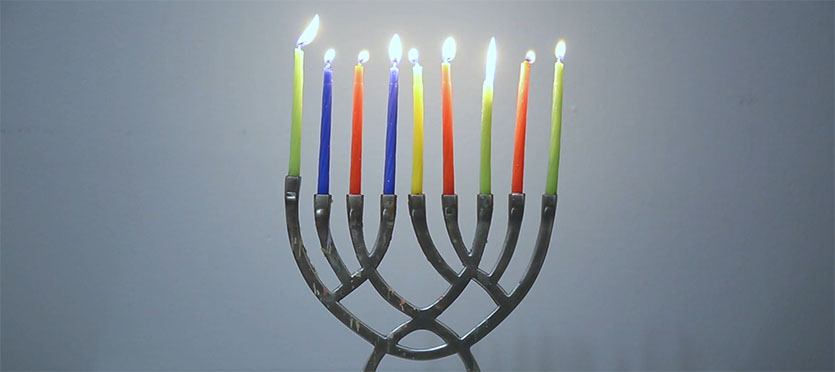How Many Hanukkah Candles Will We Need? - Robert Kaplinsky
Cubed by Allanah Cerilli
on 2022-09-21 17:45:18
Spies
We begin this problem by thinking like a spy and figuring out what information we have and what information we need. The video shows us that candles are being lit and the beginning of what might be a pattern. Initially, students may not be aware of what information they know and what information they need to know. Having students make an estimate is a great way to get that process going.
If you’re not already using a Problem Solving Framework with your students, it has a section where they can list their low, high, and best estimate. For example, a student might pick 5 candles for for a low estimate (“It has to be at least 5 candles!”), 100 candles for a high estimate (“There’s no way they’re using more than 100 candles”), and 30 candles for a best estimate.
One of the great parts of this process will be students saying things like “How are we supposed to know how many candles we’ll need? We need to know ____________________, ____________________, and ____________________.” This is exactly where you want them because now they’re both interested in the context and ready to control how the problem solving continues.
They may ask for some or all of the following information, but only give them what they ask for. They need to learn what information they need.
Why are they lighting candles?
Hanukkah (pronounced ha-new-kuh) is a Jewish holiday which remembers what was viewed a miracle when a day’s supply of oil remained lit for eight days. To celebrate, candles are lit for eight nights on a candle holder called a menorah (pronounced meh-nor-uh).
math patterns function Hanukkah gaussian strategy
